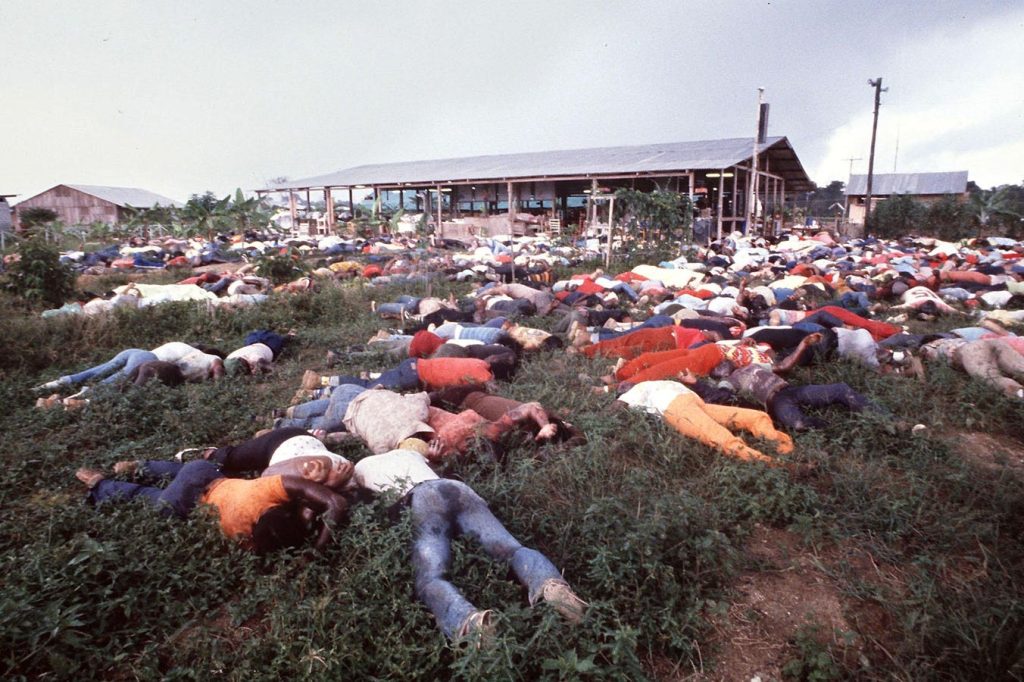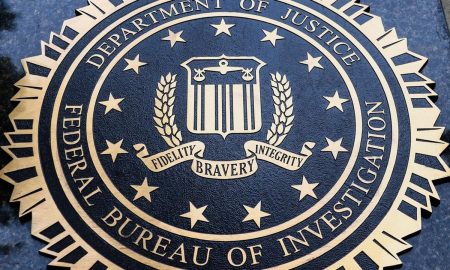We all know that one couple who seems to do everything together. They share an Instagram profile, complete each other’s sentences and seem to be “joined at the hip.” While many admire or fawn over couples who spend as much as time as they can in each other’s company—this tendency might, on rare occasions, conceal something more sinister.
Couples who do not have separate lives outside of the relationship could suffer from a codependent mentality. Codependency is an excessive emotional or psychological reliance on a partner. While mild codependency is common and usually nothing to lose sleep over, the pendulum can sometimes swing too far.
One danger of a highly codependent relationship is the possibility of a psychological disorder called folie à deux. Translated directly, folie à deux means “madness of two” and it involves the transmission of delusional beliefs within a close relationship. Codependent relationships and this type of shared psychosis are interrelated and co-occurring phenomena.
Folie à Deux—A Descent Into Shared Delusions
One of the most famous cases of suspected folie à deux was the Burari deaths in India where a family of 11 members committed mass suicide due to “shared psychotic beliefs” led by the youngest son of the matriarch. The shocking event spawned the Netflix documentary House of Secrets: The Burari Deaths in 2021.
The term folie à deux was first described by French psychiatrists Charles Lasègue Jules and Falret in 1877. It refers to a rare psychiatric syndrome in which a symptom of psychosis, particularly a delusion, is transmitted from one individual to another.
In 1979, the book Uncommon Psychiatric Syndromes explained that the disorder typically occurs in close relationships where one partner, often considered dominant, influences the beliefs and perceptions of the other. This can prove dangerous when the dominant partner shows signs of mental illness and the secondary person lacks critical thinking to go against them. This can lead to the secondary partner participating in irrational behavior.
The Interplay Of Codependency And Folie à Deux
Co-dependent relationships can create an environment rife for the development of shared delusional beliefs. As a 2018 study pointed out, the problem arises with the secondary partner’s tendency to prioritize the dominant partner’s needs and adapt their worldview—which creates a fertile ground for transmitting irrational thoughts.
In most codependent relationships, there is usually a leader and a follower. The “follower” partner’s low self-esteem, difficulty in setting boundaries, and need for approval makes them particularly vulnerable to adopting the primary partner’s delusional beliefs, even if they are dangerous.
The fact that codependent partners live entirely enmeshed with each other makes the situation much worse. The isolation of the two individuals can contribute to the maintenance of shared delusions. As couples become increasingly detached from external reality and social connections, they reinforce each other’s distorted views.
Treatment Approaches and Challenges
Treating codependency-linked folie à deux presents unique challenges, particularly when these conditions co-occur. As explained in a 2012 study, primary intervention often involves separating the individuals to break the reinforcing cycle of delusions. This separation can be tough for codependent individuals who derive their self-worth from the relationship.
Pharmacological interventions, such as antipsychotic medications, are typically used to address the primary individual’s psychotic symptoms. For codependency, treatment focuses on addressing underlying psychological issues and promoting healthier relational patterns.
Not all codependent relationships lead to shared psychosis. The intersection of codependency and folie à deux represents a complex study area. By examining these conditions, we gain valuable insights into the power of interpersonal influence on mental health and the potential dangers of being too reliant on each other.
Unsure if your relationship is healthy or unhealthy? Take the Relationship Control Scale to receive a science-backed answer.
Read the full article here






